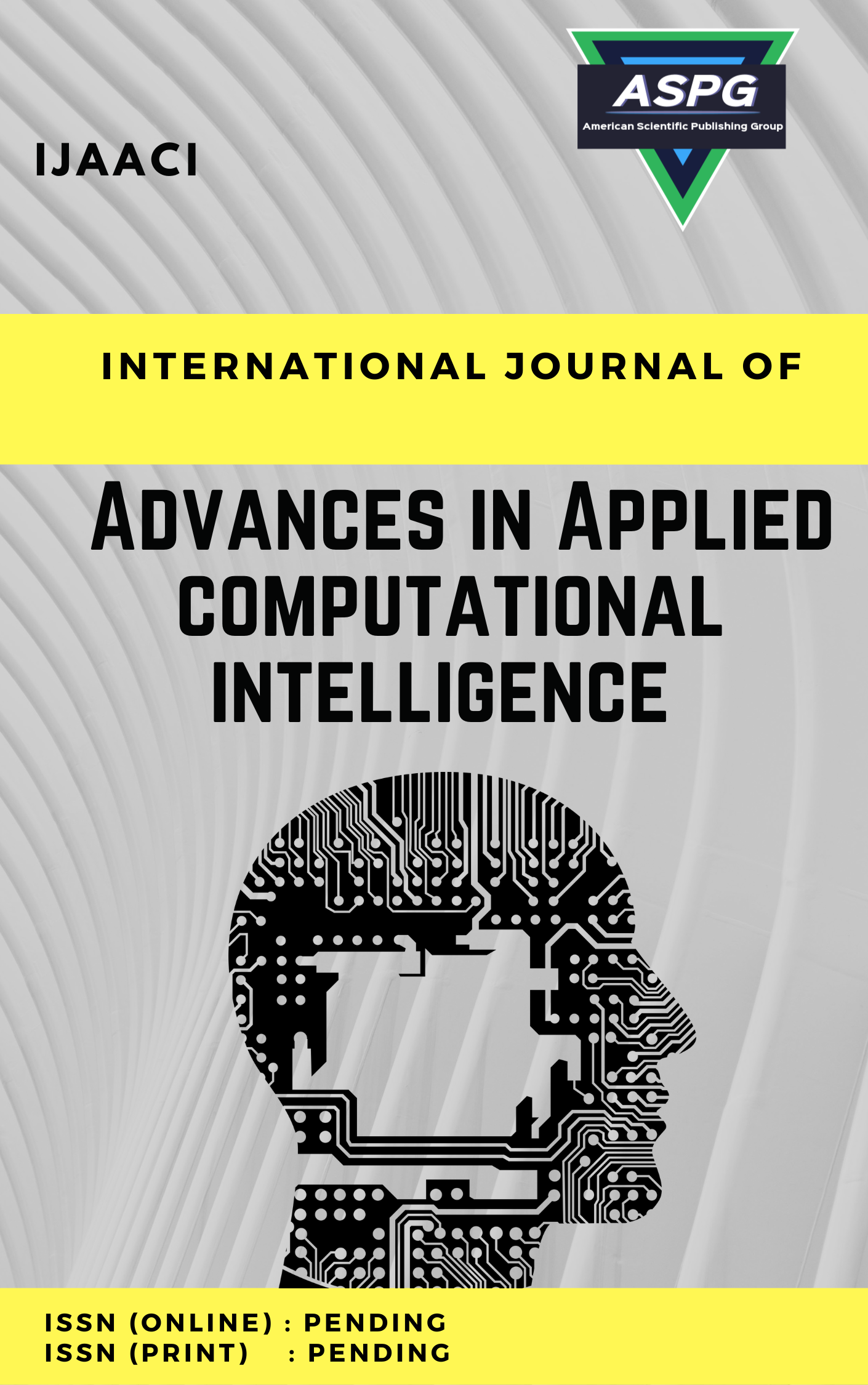

In the rapidly evolving field of smart cities, the accurate prediction of weather patterns plays a crucial role in various industries such as agriculture, tourism, and socioeconomic development. This study utilizes Artificial Intelligence (AI) and Machine Learning (ML) through advanced machine learning techniques, including Encoder-Decoder LSTM and Attention LSTM models, to analyze daily climatic weather data in the Narmadapuram district. The research investigated the future patterns of key weather parameters, including maximum temperature, minimum temperature, morning relative humidity, evening relative humidity, and bright sunshine hours. The study analyzed daily data collected between November 1, 1977 and April 30, 2022, with 80% used for training and 20% for testing. Results showed that the Encoder-Decoder LSTM model outperformed the Attention LSTM model in forecasting maximum temperature, morning relative humidity, evening relative humidity, and bright sunshine hours, while the Attention LSTM model had better results in predicting minimum temperature. The findings provide valuable insights into climatic patterns and variability and have implications for the development of more precise weather forecasting models. This study demonstrates the potential of AI and ML in addressing the challenges of smart cities and highlights the significance of machine learning techniques in weather forecasting, a critical aspect of urban operations and decision-making.
Read MoreDoi: https://doi.org/10.54216/IJAACI.010201
Vol. 1 Issue. 2 PP. 08-29, (2022)
In recent years, Intelligent systems and AI techniques have advanced significantly, thanks to breakthroughs in deep learning, reinforcement learning, and related fields. These advancements have led to the development of more efficient and accurate systems, including computer vision, natural language processing, and autonomous systems. The future of intelligent systems and AI techniques involves further improvements in deep learning, explainable AI, transfer learning, and human-AI collaboration. As these systems continue to be adopted, they have the potential to revolutionize our lives and create new opportunities for progress. However, ethical concerns such as bias and privacy must be addressed, and future research should focus on developing more secure systems and integrating these technologies with emerging technologies like quantum computing and blockchain. Overall, the field of intelligent systems and AI techniques is primed for continued growth and innovation, offering exciting possibilities for solving some of the most pressing challenges of our time.
Read MoreDoi: https://doi.org/10.54216/IJAACI.010202
Vol. 1 Issue. 2 PP. 30-45, (2022)
Malware attacks continue to pose a significant threat to computer systems and networks worldwide. Traditional signature-based malware detection methods have proven to be insufficient in detecting the increasing number of sophisticated malware variants. This has led to the exploration of new approaches, including machine learning-based techniques. In this paper, we propose a novel approach to malware detection using residually connect convolutional networks. We demonstrate the effectiveness of our approach by training CNN on a large dataset of malware samples and benign files and evaluating its performance on a separate test set. Extensive experiments on a public dataset of malware images demonstrated that our model could achieve high accuracy in detecting both known and unknown malware samples. The findings suggest that our residual convolution has great potential for improving malware detection and enhancing the security of computer systems and networks.
Read MoreDoi: https://doi.org/10.54216/IJAACI.010203
Vol. 1 Issue. 2 PP. 46-55, (2022)
Providing medical treatment is a vital part of human existence. Diseases of the heart and blood arteries are often referred to as cardiovascular disease. Predicting cardiovascular illness early on allowed doctors to make adjustments for individuals at high risk, lowering their mortality rate. Machine learning techniques are necessary for making appropriate judgments in the forecasting of cardiac problems because of the vast amounts of medical data available in the healthcare business. Mixed machine-learning approaches are the subject of recent research on unifying these methods. The study proposed machine learning models to predict the heart disease. In order to determine whether or not a person has heart disease, this project presents a model for forecasting. To achieve this, we compare the accuracy of using rules to that of using the Support Vector Machine (SVM), Random forest (RF), and Decision Tree (DT) separately on the dataset.
Read MoreDoi: https://doi.org/10.54216/IJAACI.010204
Vol. 1 Issue. 2 PP. 56-62, (2022)
Arrhythmias are a significant cause of morbidity and mortality worldwide, necessitating accurate and timely detection for effective clinical intervention. Electrocardiogram (ECG) signals serve as invaluable sources of information for diagnosing arrhythmias, but their analysis is complex and demanding. Recent advancements in computational intelligence, particularly Convolutional Networks (CNNs), have demonstrated remarkable capabilities in various signal-processing tasks. In this paper, we unveil the power of CNNs by applying computational intelligence techniques to detect arrhythmias from ECG signals. The proposed methodology involves preprocessing the ECG signals to enhance their quality and remove noise interference. Subsequently, CNN architectures are developed and trained using a large dataset of annotated ECG recordings. The network's structure is optimized to effectively capture the discriminative features present in the ECG signals that characterize diverse types of arrhythmias. Through an extensive evaluation process, the performance of the CNN models is assessed using confusion matrices. Experimental results demonstrate the effectiveness of the applied computational intelligence approach in arrhythmia detection. The CNN model achieves outstanding performance, exhibiting robustness against noise and variations in ECG recording conditions, highlighting its potential for real-world applications.
Read MoreDoi: https://doi.org/10.54216/IJAACI.010205
Vol. 1 Issue. 2 PP. 63-72, (2022)